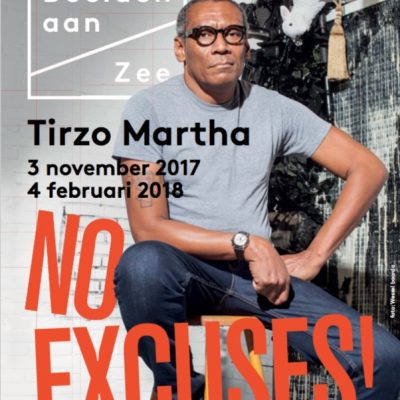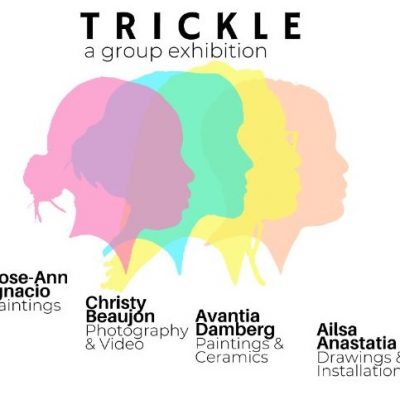
Exhibition celebrating abolition of Slavery in Curaçao in 1863
The new art exhibition in the Curaçao Maritime Museum, Expositie ter viering van de afschaffing van Slavernij op Curaçao in 1863 (Exhibition celebrating the abolition of slavery in Curaçao in 1863), was opened on Sunday, August 4, 2013.
New exhibition
Leo Helms, director of the Curaçao Maritime Museum, is proud of the current exhibition in his museum. ‘We invited Annemieke Dicke because we consider her one of the best artist we have’, he says, ‘her two installations are definitely the highlights of the presentation.’
Anja Steffens, co-producer of the movie Tula, The Revolt (released in 2013, about the 1795 slave uprising in Curaçao) spoke the opening words. She explained Annemieke’s motive for her new show: ‘Annemieke wants us to remember Slavery because the abolition in 1863 did not end it. Even today people are still using and misusing their fellow man, sometimes ruthlessly exerting power over the lives of others.’
Annemieke invited visual artists Didi Dometilie and Karin van Batenburg to join. The ceramic portrait of a man, ‘Homber’ by Wil Gruzon and Veronique Bongaerts completes the exhibition.
Annemieke Dicke
Annemieke Dicke (Netherlands, 1967) is showing a series of small acrylic paintings and 2 mixed media installations. Each painting addresses a certain theme related to slavery and is accompanied by a short explanatory text in Papiamentu and Dutch.
Her installations are striking. Baratio (On sale) reminds us how, during Slavery, people were treated as merchandise. Prezu (Captured) shows how people still ‘impose on’ and enslave each other. Raw and intense, both installations convey her heartfelt judgement on slavery in the past, but can also be easily transported in time to current themes as people trafficking and the present day human behaviour in our modern consumer society.
Didi Dometilie
Self taught artist Didi Dometilie (Curaçao, 1963) with his painting His Sunday’s best addresses discrimination among black people, favouring the so called Caucasian features and lighter shades. Instead of accepting slavery and dealing with it as part of their history, descendants of slaves cover up their chains and bleach their skin color, pretending nothing ever happened. His painting In your own hands reminds us that you can not blame others for your present situation. The female figure is wearing the wooden ‘orketa’ used for goats to keep them fenced in, but holds a key in her hand. Didi refers to the lyrics of Bob Marley’s Redemption song: ‘Emancipate yourselves from mental slavery; none but ourselves can free our minds.’
Karin van Batenburg
150 faces of freedom by Karin van Batenburg refers to the struggle for emancipation after Abolition. Slaves were nothing but a tiny cross in the bookkeeping of the merchant. After abolition people started to claim their identity. The 150 portraits, one for each year of this ongoing process, are placed against a blood red background.
In Still Captured Karin questions the modern man, descendant of the slaves, asking him if he is free or not. She too, refers to the lyrics of Bob Marley’s Redemption song.
.
Slavery is abolished on paper, but is modern man free in his heart and mind?
Curaçao is commemorating 150 years of Abolition. Visual artists Annemieke Dicke, Didi Dometilie and Karin van Batenburg all three question present day freedom. In the process they take the issue beyond slavery and abolition, and treat it as a universal theme. Annemieke Dicke’s installation Prezu (Captured) without doubt catches the underlying issue in the exhibition and today’s society: our hearts are chained and we are caught inside.
Exhibition to celebrate the abolition of Slavery in Curaçao in 1863 is patronized by Foundation Arte ’99, pa Libertat to commemorate the 150th anniversary of the abolition of slavery in the Dutch Kingdom.
Curaçao Maritime Museum
N. van de Brandhofstraat 1
Scharloo
(+5999) 465 2327
Opening hours:
Tuesday – Saturday: 9 AM – 4 PM



















